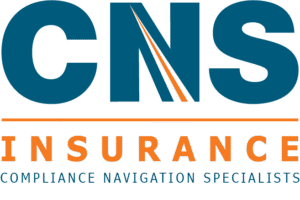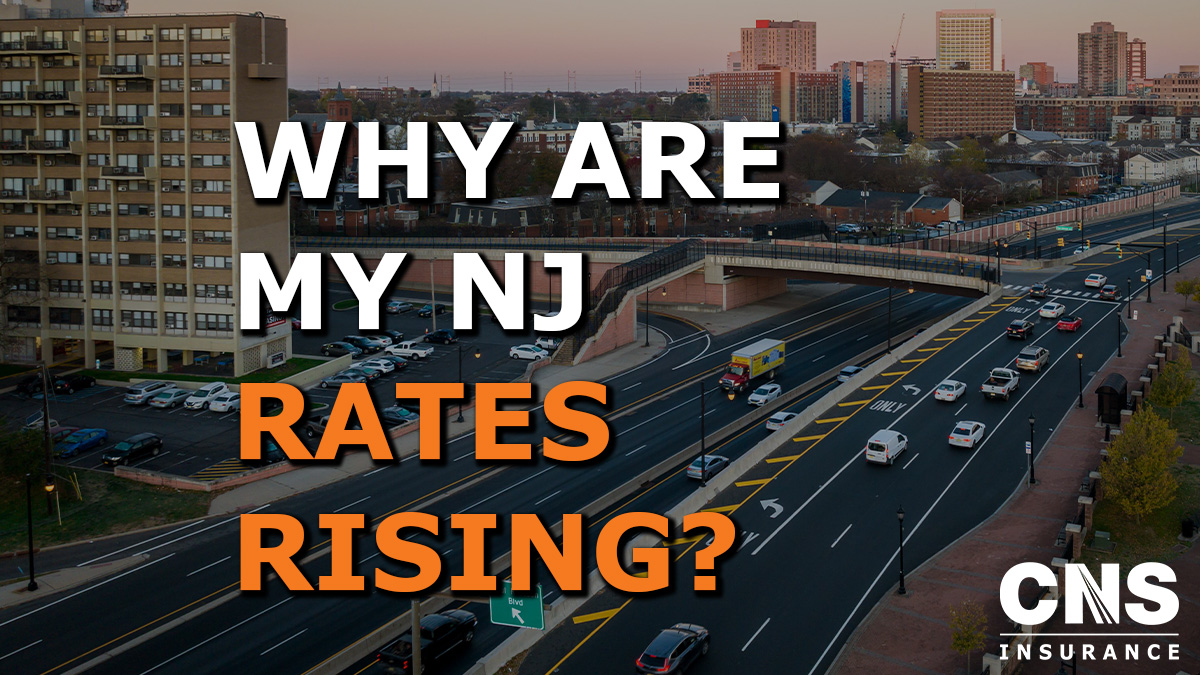Why did my New Jersey insurance policy premium go up so much?
For the first time in years, insurers are taking decisive action to raise rates — especially in states like New Jersey, where commercial auto insurance markets are tightening after new regulatory changes took effect in 2024.
Following New Jersey’s law that increased minimum commercial auto liability limits, many carriers are now seeing those changes reflected in renewal quotes. Rates are finally catching up to the risk exposure, and some insurance providers have confirmed that renewal premiums for fleets operating in or garaged in New Jersey are trending sharply upward.
But New Jersey may only be the beginning, and the implications could be severe, especially for small fleets and owner-operators.
New Jersey’s New Liability Minimums: What Changed
As of July 1, 2024, New Jersey law now requires:
- CMVs with a GVW of 26,001 pounds or more to carry at least $1.5 million in liability coverage per accident.
- CMVs with a GVW between 10,001 and 26,000 pounds to carry a minimum of $300,000 in coverage.
These requirements apply to vehicles registered or principally garaged in New Jersey — meaning if your fleet is based-plated or housed in the state, you must comply.
Out-of-state carriers passing through New Jersey can still operate under federal minimums, currently set at $750,000 for general freight haulers.
The coverage requirement can be met through:
- A commercial auto policy,
- Fleet insurance,
- A commercial umbrella or excess policy, or
- A combination of these coverages.
While the intent of the new law is to ensure adequate coverage for catastrophic losses, it has also driven insurers to re-evaluate risk exposure — resulting in higher renewal premiums and tighter underwriting standards for fleets with any connection to New Jersey.
Insurers Respond: Rate Increases at Renewal
After months of uncertainty, we’re now seeing insurers actively raising rates to account for these new liability requirements.
Many insurance companies initially waited to see how the law would be implemented and interpreted — especially regarding out-of-state fleets or mixed-use vehicles.
That hesitation is over. Fleets renewing in late 2024 and early 2025 are reporting noticeable increases, particularly for:
- Multi-state operations garaged in New Jersey,
- Fleets with mixed heavy and light-duty vehicles, and
- Carriers with prior losses or safety score concerns.
In short: expect your premiums to rise, even if your coverage remains unchanged.
Other States Eye Higher Minimums — and a Federal Push for $2 Million
New Jersey isn’t alone.
Several states, including California, Illinois, and New York, are exploring legislation to raise insurance minimums in response to rising claim costs and nuclear verdicts.
Meanwhile, federal lawmakers have once again floated proposals to increase the FMCSA’s minimum liability requirement for motor carriers from $750,000 to $2 million — and adjust it for inflation every five years.
If that happens, it will represent the largest insurance mandate increase in decades, fundamentally changing how fleets manage risk and cash flow.
What a $2 Million Minimum Could Mean for Fleets
If insurance minimums were raised to $2 million, the impact on the trucking industry would be dramatic:
- Smaller fleets and owner-operators could see their premiums double, with many struggling to afford or even qualify for coverage.
- Larger carriers with self-insured retention plans would adapt more easily but would still face higher excess coverage costs.
- Insurance availability for high-risk operators or new entrants could shrink, limiting market competition.
- Freight rates would likely increase as fleets pass on higher insurance costs to shippers.
While the intent is to better protect victims of catastrophic crashes, data suggests that the current $750,000 minimum already covers damages in over 99% of truck-involved accidents.
The added cost may do more harm than good for smaller operations — without meaningfully reducing “nuclear verdict” risks.
The Real Drivers of Rising Premiums
The biggest forces pushing insurance costs upward aren’t just regulatory — they’re legal and financial.
- Nuclear verdicts (jury awards over $10 million) have skyrocketed, doubling median payouts from $23 million to $44 million in recent years.
- Attorney fees and litigation costs continue to climb.
- Medical inflation and vehicle repair costs have surged since 2020.
Raising minimum liability limits won’t fix these root causes — but it will shift the financial burden further onto fleets and insurers.
How Fleets Can Prepare and Protect Themselves
Even as insurance minimums rise, fleets still have control over their risk profile and premium costs.
Here’s how to stay competitive and protected:
- Prioritize Safety and Training – Invest in ongoing driver training, telematics, and proactive safety programs to lower your risk score.
- Keep Your CSA Scores Low – A clean safety record remains one of the most powerful ways to secure better insurance rates.
- Review Coverage Annually – Ensure your policies accurately reflect your operation, routes, and vehicle weights.
- Work With an Experienced Broker – Partner with a team like CNS Insurance that specializes in transportation and understands how to navigate shifting regulatory landscapes.
- Consider Umbrella Coverage – Adding excess liability layers can provide flexibility as state and federal requirements evolve.
Get Expert Help Navigating Rate Increases
If your renewal premiums have spiked — or you’re unsure how New Jersey’s or future state requirements affect your operation — CNS Insurance can help.
Our team works with leading carriers in the commercial auto market and can shop your coverage across multiple insurers to find the best protection at the right price.
📞 Call us at 800.724.5523
📧 Email: info@cnsinsures.com
💻 Or fill out a complete or quick quote to get started today.




